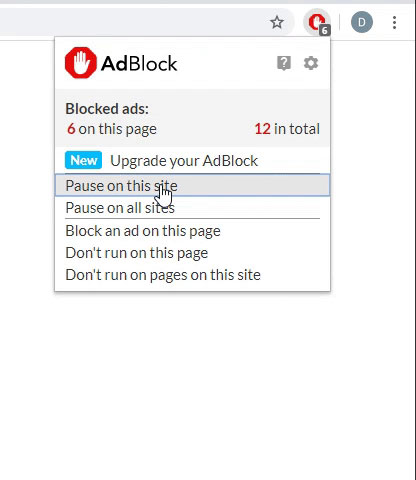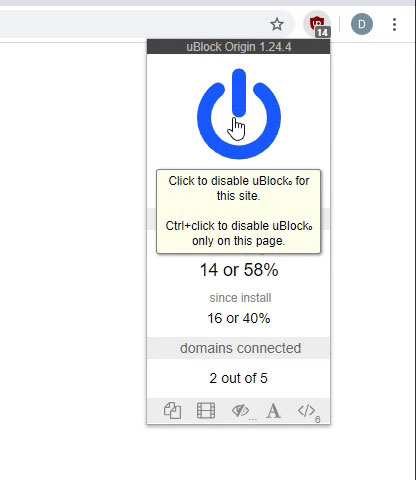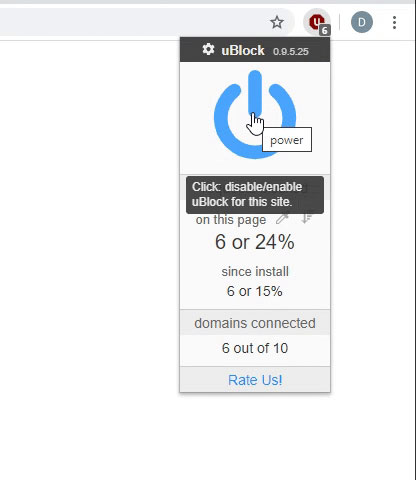I am using this formula to get the results,
inthe above quoted formula last part "Sheet2!$A$2:$A$11" is the data for Jan in sheet2, if I need Feb results I need to change it to "Sheet2!$B$2:$B$11"
Is there a way to make it dynamic by linking this to a cell on sheet1? Example if sheet1 A1 cell contains name of month, by changing that the results should also change?
Thank you
Code:
=SUMPRODUCT(--(Sheet2!$M$2:$M$11=Sheet1!$B$3),--(Sheet2!$N$2:$N$11=Sheet1!$B$4),Sheet2!$A$2:$A$11)inthe above quoted formula last part "Sheet2!$A$2:$A$11" is the data for Jan in sheet2, if I need Feb results I need to change it to "Sheet2!$B$2:$B$11"
Is there a way to make it dynamic by linking this to a cell on sheet1? Example if sheet1 A1 cell contains name of month, by changing that the results should also change?
Thank you





